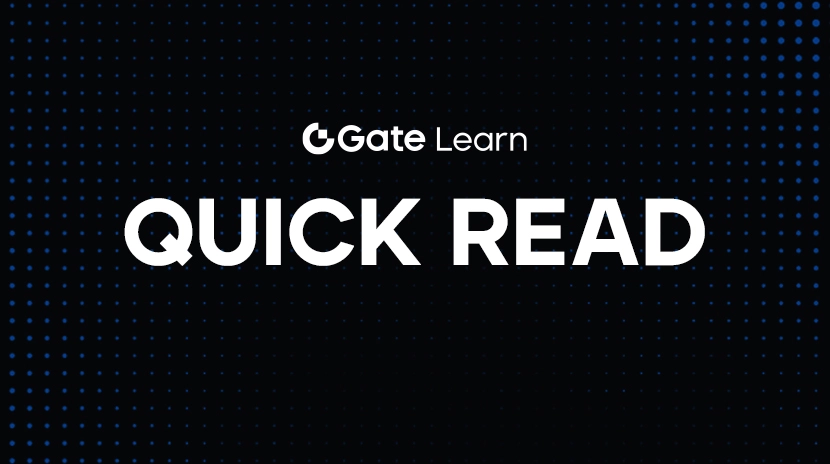Cardano (ADA): Комплексний огляд платформи блокчейн та криптовалюти

Джерело зображення: https://www.Gate.com/price-prediction/cardano-ada
Вступ до Cardano
Cardano - це відкрита, децентралізована блокчейн-платформа, призначена для забезпечення безпеки та масштабованості інфраструктури для децентралізованих додатків (DApps) та смарт-контрактів. Її власна криптовалюта, ADA, відіграє важливу роль у полегшенні транзакцій та управлінні в екосистемі. На відміну від багатьох інших блокчейнів, Cardano використовує дослідницький та підтверджуваний колегіальний підхід до розробки, що забезпечує надійну безпеку та стійкість.Досліджуйте торгівлю ADA на Gate.com.
Заснування та Розвиток
Заснований у 2015 році Чарльзом Госкінсоном, одним із співзасновників Ethereum, Cardano був розроблений з метою вирішення обмежень попередніх блокчейн-мереж. Розвиток платформи очолюється трьома ключовими суб'єктами: Фонд Cardano, Input Output Global (IOG) та EMURGO. Фонд Cardano, що базується в Цугу (Швейцарія), відповідає за додержання регуляторних вимог та залучення спільноти. IOG фокусується на технічному розвитку та дослідженнях, тоді як EMURGO сприяє комерційному впровадженню.
У 2017 році Cardano перейшла на механізм консенсусу доказів участі, відомий як Оуроборос, який відомий своєю енергоефективністю та безпекою. Цей зсув відзначив значний віхідний пункт у еволюції Cardano як стійкої та масштабованої платформи блокчейну. Для отримання додаткової інформації про історію платформи, відвідайте офіційний вебсайт Cardano.
Технологічні інновації
Архітектура Cardano побудована на двох відмінних рівнях:
Службовий Шар Cardano (CSL): Обробляє транзакції ADA та забезпечує швидкі та безпечні перекази.
Шар обчислень Cardano (CCL): Підтримує смарт-контракти та функціональність DApp.
Ключові інновації включають:
Plutus: Функціональна мова програмування для написання смарт-контрактів.
Marlowe: Спеціалізована мова для фінансових контрактів.
Гідра: рішення для масштабування на другому рівні, яке підвищує пропускну здатність транзакцій.
У 2021 році Cardano запустив можливості смарт-контрактів з оновленням Alonzo, що дозволяє послуги децентралізованої фінансової (DeFi), мінтинг NFT та розробку DApp.
Ключові партнерства та застосування
Cardano встановив стратегічні партнерства для сприяння прийняття блокчейну та практичного використання в реальному світі. Серед помітних співпраць є:
Уряд Ефіопії: Впровадження рішення з цифровою ідентифікацією на основі блокчейну для студентів.
Новий баланс: Підтвердження автентичності продукту за допомогою технології блокчейн.
World Mobile: Забезпечення децентралізованого доступу до Інтернету в недосяжних регіонах Африки.
Ці партнерства демонструють зобов'язання Cardano до соціального впливу, інновацій та глобальної доступності.Дізнайтеся більше про партнерства Cardano.
Регулятивна ситуація
У 2023 році Комісія з цінних паперів та бірж (SEC) США класифікувала ADA від Cardano як цінний папір у певних контекстах, що призвело до збільшеного регулювання. Однак прозорий та науково-дослідницький підхід Cardano дозволив йому ефективно подолати ці виклики. Платформа продовжує дотримуватися глобальних регуляторних рамок, підтримуючи децентралізовану інновацію.
Ринкова продуктивність та прогнози
Токен ADA від Cardano пережив значні коливання цін і обсягів торгів, що були вплинуті технологічними досягненнями та ринковим настроєм. Аналітики передбачають потенційні цінові скачки, стимульовані:
Збільшення прийняття платформ DeFi на основі Cardano.
Впровадження рішення масштабування Гідри.
Зростаючий інтерес до стійких та енергоефективних блокчейнів.
Відстежуйте останні тенденції на ринку ADA на Сторінка ринку Gate.com.
Роль Cardano в стратегічному резерві криптовалют США
Включення Cardano до запропонованого Криптовалютного стратегічного резерву в США підкреслює його важливість у цифровому активному просторі. Цей крок призведе до покращення прийняття ADA та ринкового сприйняття, подальше зміцнення позиції Cardano як провідної блокчейн-платформи. Для отримання додаткової інформації перегляньте це звіт.
Спільнота та Екосистема
Модель управління спільнотою Cardano дозволяє власникам ADA брати участь у процесах прийняття рішень через голосування на ланцюжку. Екосистема багата на різноманітні проекти, включаючи:
Децентралізовані фінансові (DeFi) платформи.
Нефункціональні токени (NFT) та ринки.
Освітні ініціативи та проекти з соціальним впливом.
Приєднуйтесь до Форум спільноти Cardanoзалишатися залученим та оновленим.
Перспективи майбутнього
Дорожня карта Cardano включає амбітні оновлення та поліпшення, такі як:
Гідра: рішення масштабування другого рівня для збільшення пропускної здатності транзакцій.
Ера Вольтера: Забезпечення повної децентралізації та управління на ланцюжку.
Інтеграція бічних ланцюгів: Підвищення взаємодії з іншими блокчейнами.
З фокусом на стійкість, безпеку та масштабованість, Cardano готується стати провідною платформою для децентралізованої інновації. Будьте в курсі зПрогрес розвитку Cardano.
З розумінням технології Cardano, партнерств та ринкової динаміки інвестори можуть приймати обґрунтовані рішення. Для безпечної та ефективної торгівлі відвідайте Gate.comСторінка Gate.com з Cardano.
Пов’язані статті
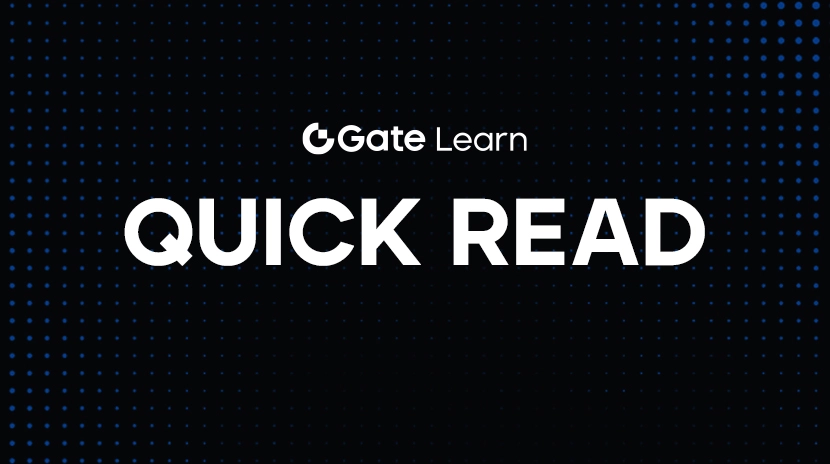
Як високо може піднятися XRP? Як політика криптовалют Трампа вплине на майбутній тренд XRP
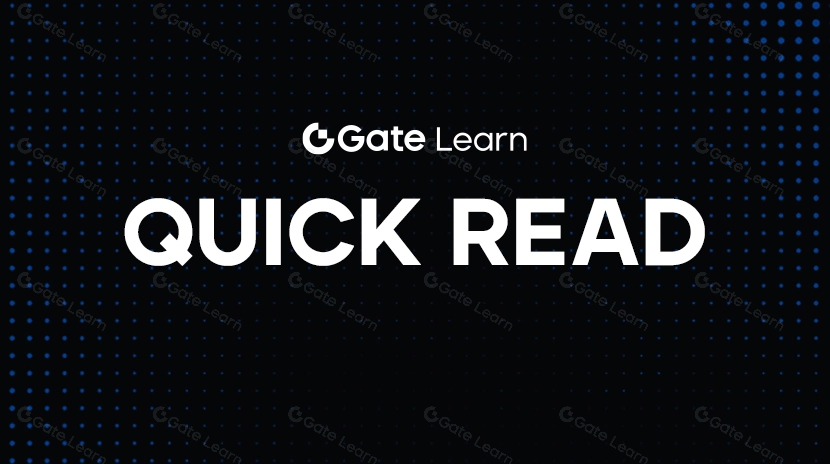
Як продати монету Pi: Посібник для початківців
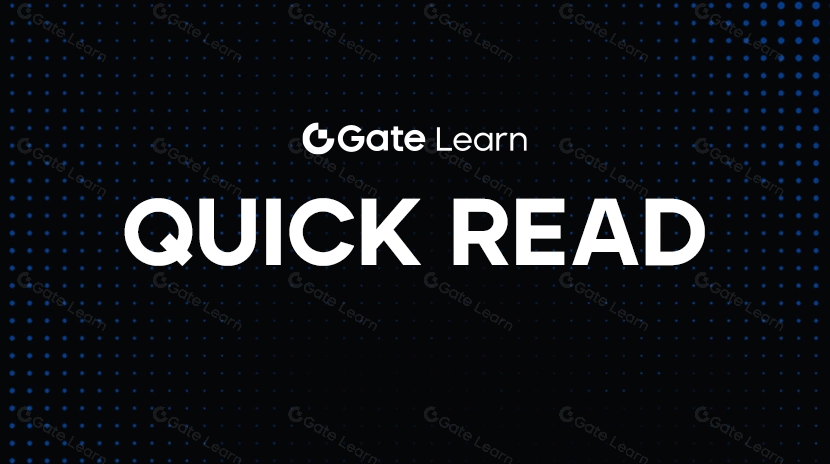
Прогноз ціни Bitcoin на 2025 рік
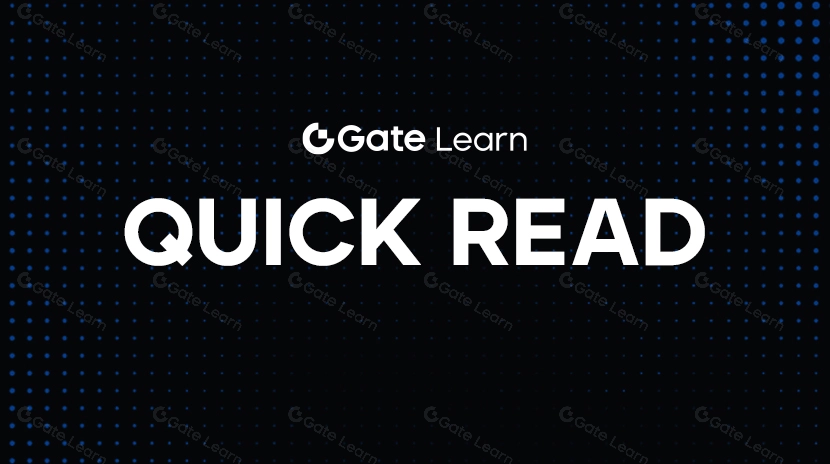
Аналізуючи взлом Bybit за допомогою нападу Radiant Multi-Signature на прикладі
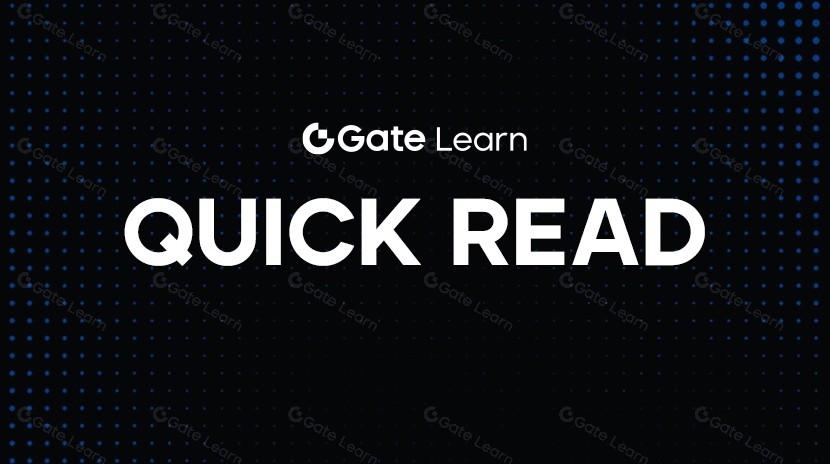
Які наступні покоління криптовалюти варто купити? Посібник на 2025 рік
